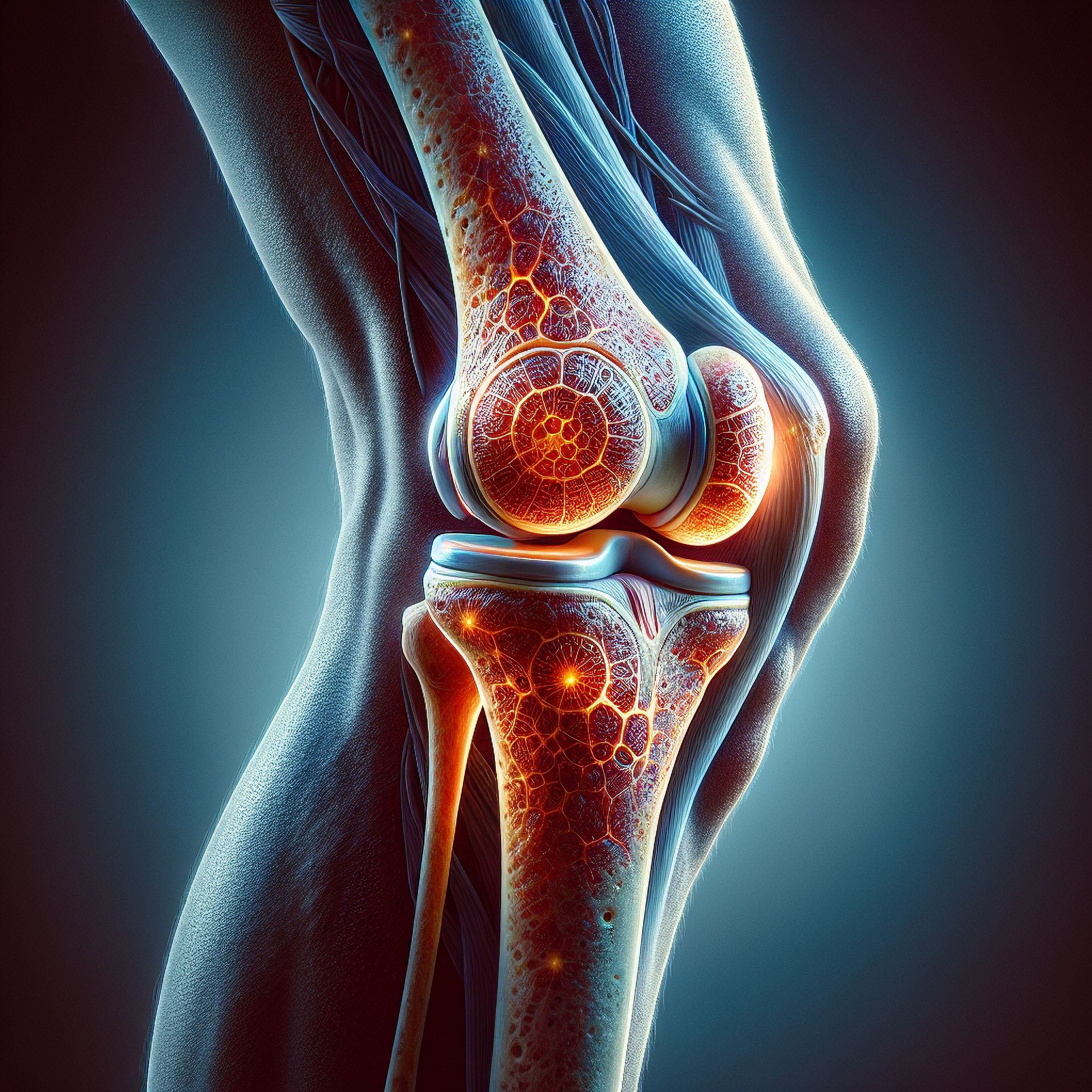Joint pain is a common complaint, especially as we age or engage in repetitive physical activities. But not all joint pain is arthritis. Understanding the differences between general joint discomfort and arthritis can help individuals seek the right care at the right time.
What is Joint Pain?
Joint pain refers to discomfort, aches, or soreness in any of the body’s joints. It can result from a variety of causes including:
- Injury: Sprains, strains, or trauma to the joint.
- Overuse: Repetitive motion or excessive physical activity.
- Inflammation: From infections, bursitis, or tendinitis.
- Lifestyle factors: Poor posture or lack of physical activity.
Joint pain can be acute (short-term) or chronic (lasting more than a few weeks), and it doesn’t always signal an underlying disease.
What is Arthritis?
Arthritis is a medical condition characterised by inflammation of the joints. It is a chronic issue that typically worsens over time. There are more than 100 types of arthritis, but the most common include:
- Osteoarthritis (OA): A wear-and-tear condition where the cartilage in joints breaks down, leading to pain and stiffness. It often affects older adults.
- Rheumatoid Arthritis (RA): An autoimmune disease in which the immune system attacks the joint lining, causing inflammation and joint damage.
- Fibromyalgia: A chronic disorder characterised by widespread musculoskeletal pain, fatigue, and tenderness in localised areas.
- Gout: Caused by the accumulation of uric acid crystals in the joint, often affecting the big toe.
Key Differences Between Joint Pain and Arthritis
While both conditions involve discomfort in the joints, arthritis is typically characterised by chronic inflammation and progressive damage. Joint pain from injury or overuse tends to be temporary and improves with rest, whereas arthritis symptoms such as stiffness, swelling, and pain often persist and may worsen over time. Arthritis can also present with systemic symptoms like fatigue or weight loss, particularly in autoimmune types like rheumatoid arthritis.
When to See a Doctor
Seek medical advice if you experience:
- Persistent joint pain lasting more than a few weeks
- Joint swelling, warmth, or redness
- Morning stiffness lasting longer than 30 minutes
- Reduced range of motion or difficulty with daily tasks
- Joint pain accompanied by fatigue or unexplained weight loss
Managing Joint Pain and Arthritis
Whether it’s general joint discomfort or a chronic arthritic condition, lifestyle and medical management can help:
- Maintain a Healthy Weight: Reduces pressure on weight-bearing joints.
- Exercise Regularly: Low-impact activities like swimming and walking keep joints flexible.
- Apply Heat or Cold: Heat helps with stiffness, cold reduces inflammation.
- Anti-inflammatory Diet: Incorporate foods rich in omega-3s, fruits, and vegetables.
- Medications: Pain relievers, anti-inflammatories, or disease-modifying drugs for arthritis.
- Physical Therapy: Strengthens muscles around the joint, improving function.






